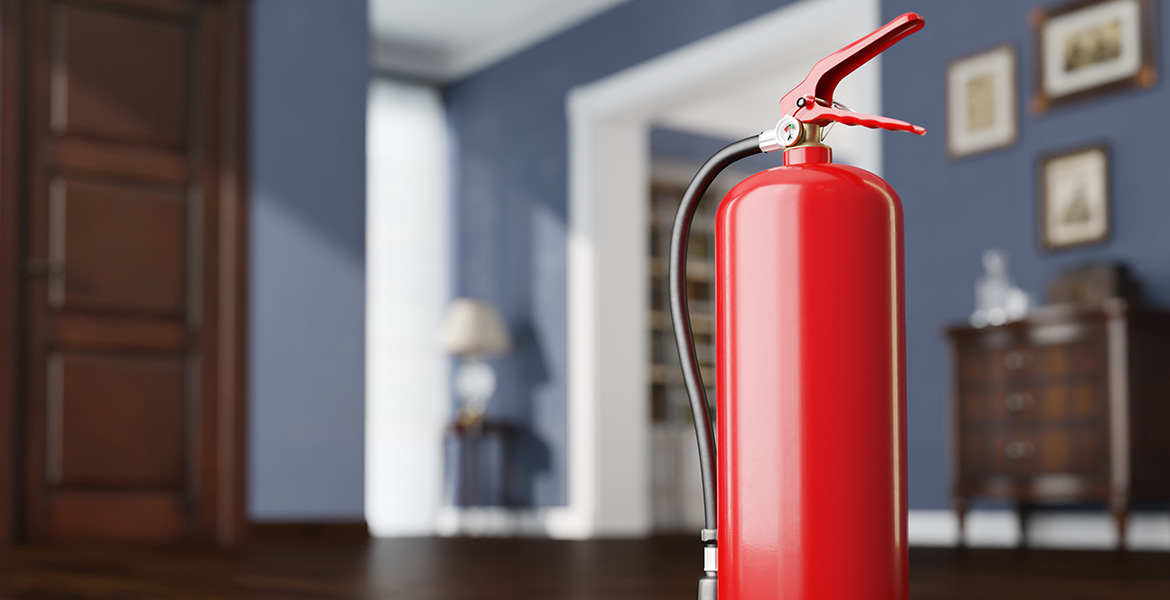
Know the A-B-C’s of fire extinguisher use
Friday, April 10, 2020
Fire extinguishers can be helpful against small fires, but people should be properly trained on how to use and maintain them, an Oklahoma State University Extension specialist said.
“Studies show a small fire can turn into a major blaze in fewer than 30 seconds,” said Gina Peek, OSU Extension family and consumer sciences specialist. “Knowing when and how to use a fire extinguisher may literally save lives and property.”
There are five primary types of fire extinguishers, Classes A-D and K. Each is designed to be effective fighting a different kind of fire.
- Class A fire extinguishers are labeled for use with ordinary materials such as cloth, wood and paper. They are identified by a triangle containing the letter “A.”
- Class B devices are designed for use with combustible and flammable liquids such as grease, gasoline or oil. They are identified by a square containing the letter “B.”
- Class C extinguishers are for electrical equipment such as appliances or tools, which require the use of electrically nonconductive agents. They are identified by a circle containing the letter “C.”
- Class D devices are used on combustible metals, such as magnesium or titanium, which require a suppressing medium that does not react with the burning metal. They are identified by a five-point star containing the letter “D.”
- Class K extinguishers target fires involving cooking media such as fats, grease and oils. They are identified by the letter “K” and are most commonly seen in commercial cooking sites such as restaurants.
There also are multipurpose extinguishers, which could be labeled B-C or A-B-C. These can be purchased in most home improvement stores.
According to the U.S. Fire Administration, a good way to remember how to use a fire extinguisher is to think of the word PASS.
- Pull the pin and point the nozzle away from the user.
- Aim low toward the base of the fire.
- Squeeze the lever slowly and steadily.
- Sweep the nozzle from side to side.
Proper fire extinguisher maintenance helps ensure the device will perform as designed when needed. The apparatus should be stored in an easy-to-reach location and kept free of dust and oil.
“Regularly check every fire extinguisher in the house to make sure each is at the correct pressure level and none of the parts are broken, rusted or damaged,” Peek said. “Some fire extinguishers need to be shaken monthly, while others should be pressure tested every few years.”
For more information on preparing for and recovering from emergencies, contact the local OSU Extension county office.
OSU Extension is one of two state agencies administered by the university’s Division of Agricultural Sciences and Natural Resources and is a key part of OSU’s state and federally mandated teaching, research and Extension land-grant mission.
MEDIA CONTACT: Donald Stotts | Agricultural Communications Services | 405-744-4079 | donald.stotts@okstate.edu
